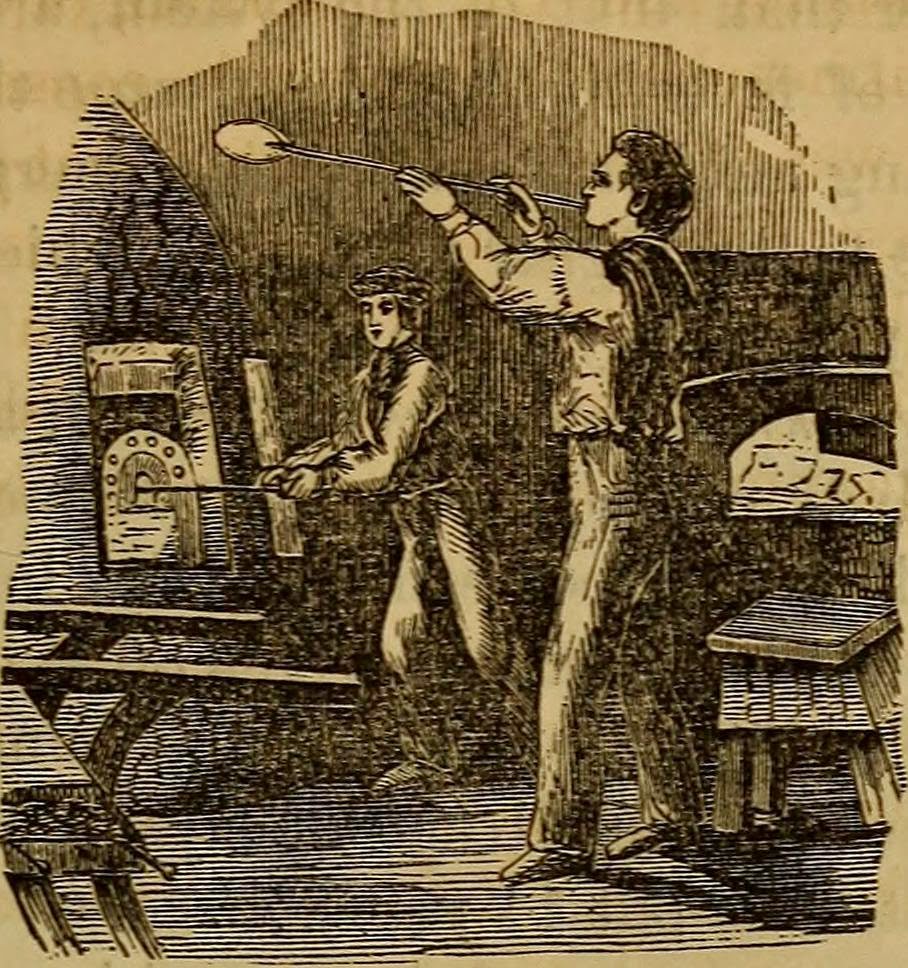In #7 we revisit the article "When Windsor Was A Wilderness" wherein Timothy describes arriving in Windsor, Ontario: "1829 - The Day Of The Horse Boats"
"Well I landed in Windsor in 1829, when it was nothing but a big cornfield. I crossed the river in a horse ferry, which was the means of transportation between Detroit and Windsor in those days. The horses propelled the boat in treadmill fashion being enclosed at the sides. Bessie was the name of one of the horses, and I can remembers as if it was yesterday how promptly she would stop when the boy shouted "Whoa, Bessie!". For some time the company that operated the boats had a monopoly of the business and they had a high schedule of passenger and freight rates. During seven months of the year it cost twelve and a half cents each way. Col. Prince introduced a bill in parliament for the reduction of the rates but it was not until the people started a horse ferry of their own that the company was brought to terms and eventually driven out of business. The horse boats, being unincumbered with machinery, were really graceful in build and they went at a fair rate of speed."
 |
| Book Cover view on the detroit River Sandwich, Ontario c. 1821 |
"Most of the boats on the river in those days were the old style sailing craft, and the few that used steam power would be great curiosities in those days of progress and invention. They were high pressure side wheelers, and you could hear their laborious breathing form Amherstburg"
 |
| View of Detroit from Windsor, Ontario around 1850 |
"As I said before, Windsor was nothing but a cornfield when I came over. The only buildings in existence were the Windsor Castle, the Dougall and one or two others that have long since fallen into ruin.
I settled in Sandwich township, eleven miles from Windsor, engaging in the occupation of farmer. The hunting was fine, there being plenty of deer, bear, rabbits, squirrel and racoons. I counted twenty-nine black squirrels in a tree one day. There were fine shots in our neighbourhood, and the decapitation of a squirrel in the tallest tree was not reckoned an extraordinary feat of marksmanship. The Chippewa Indians roamed the country at the time, but they never gave us any trouble."
Next week: The "Shillelagh Guards" in action
· #52Ancestors #9: Timothy's kin?







































